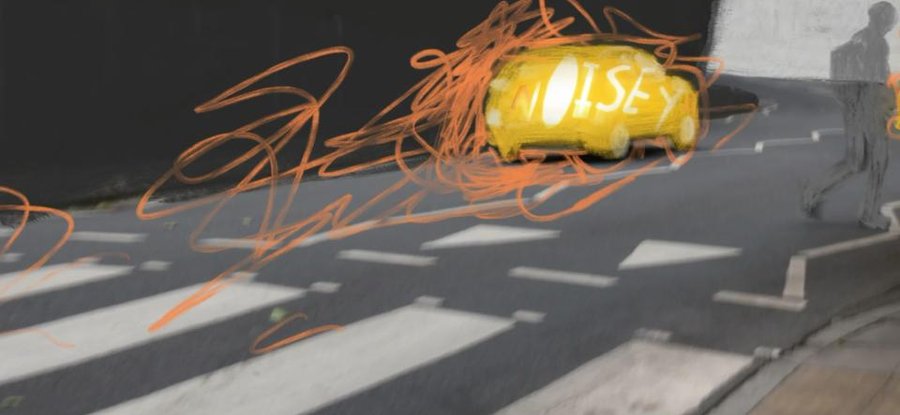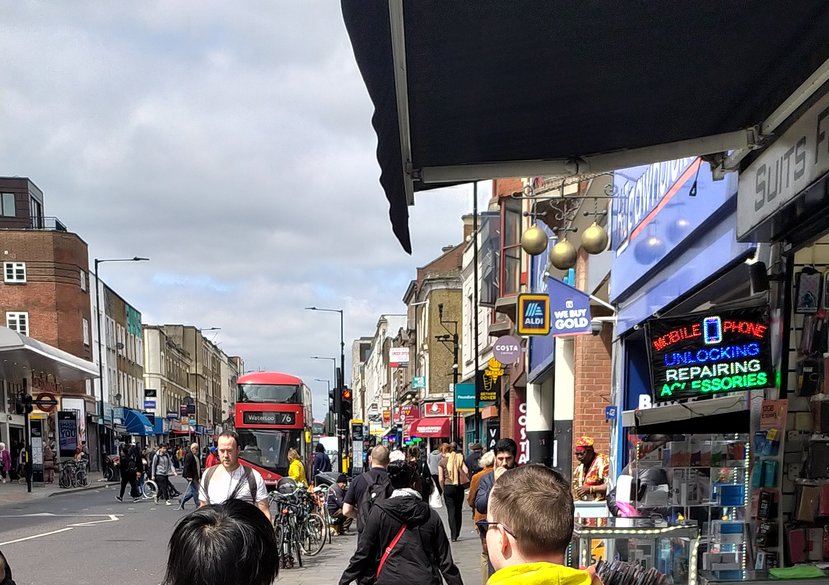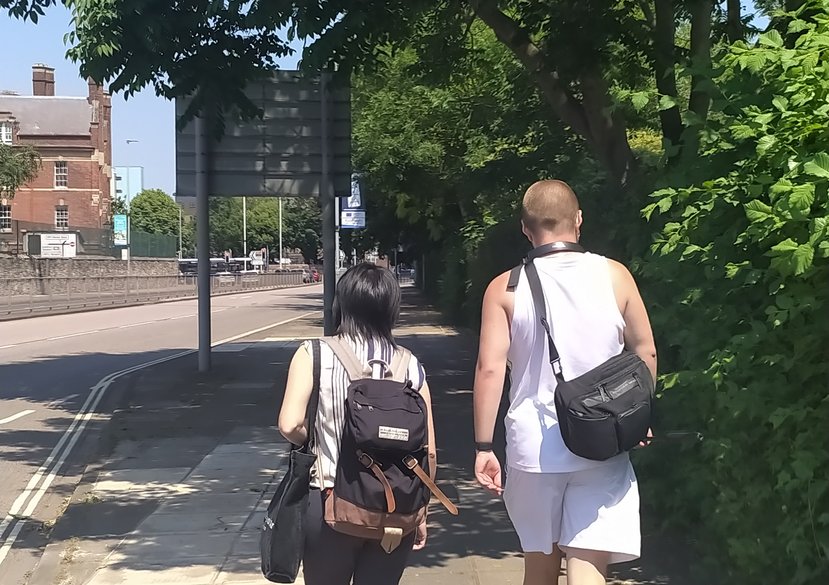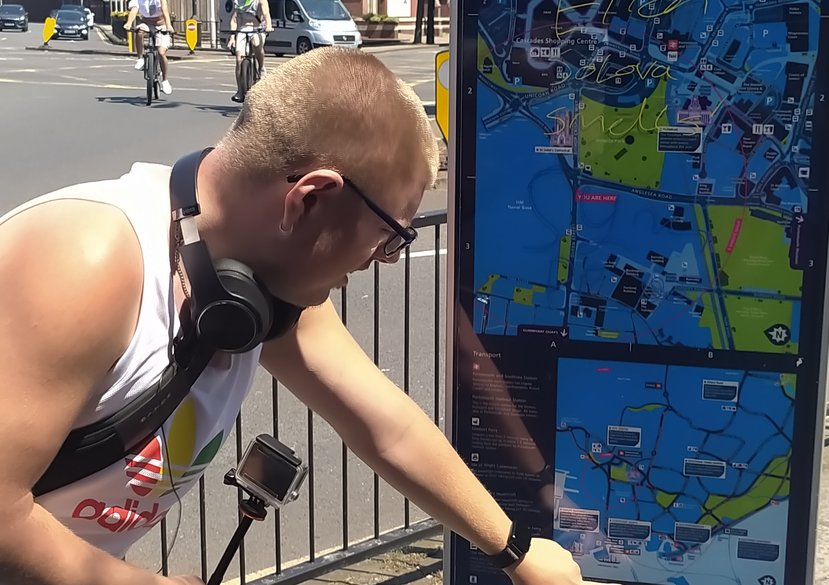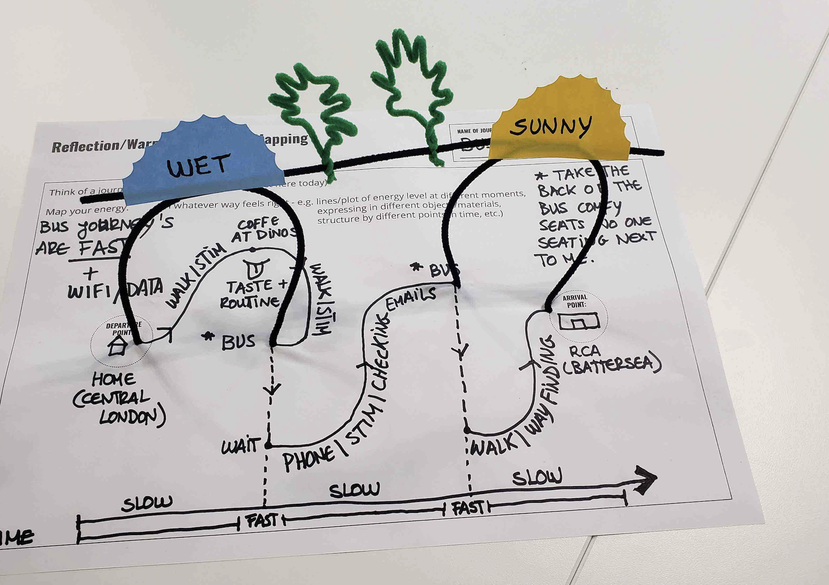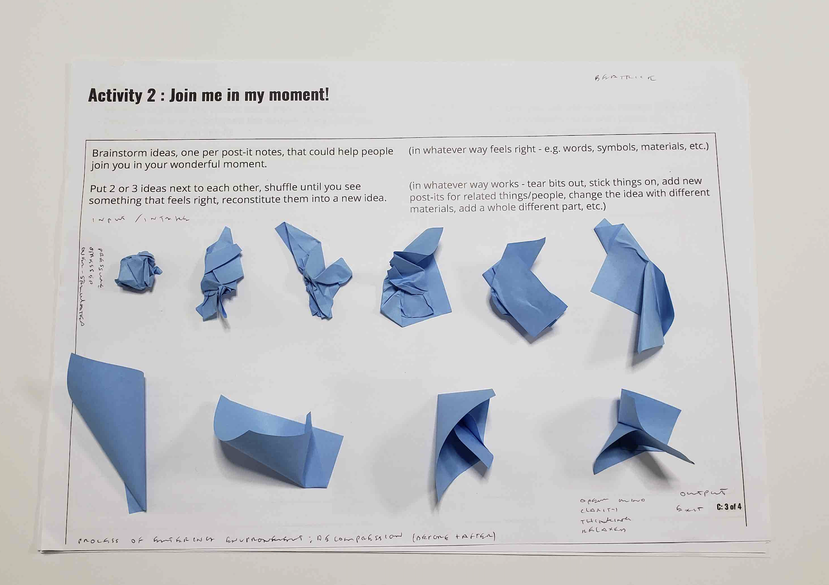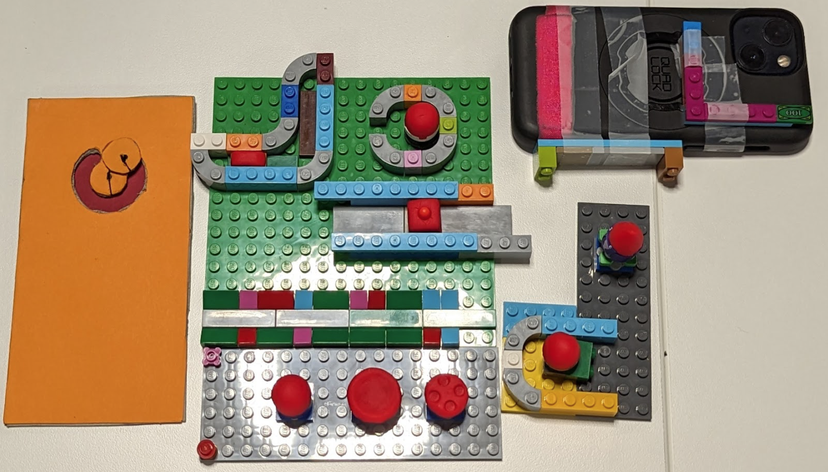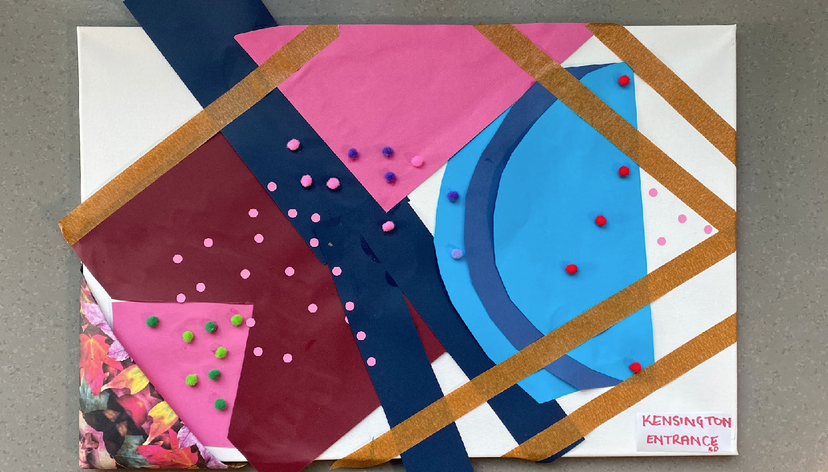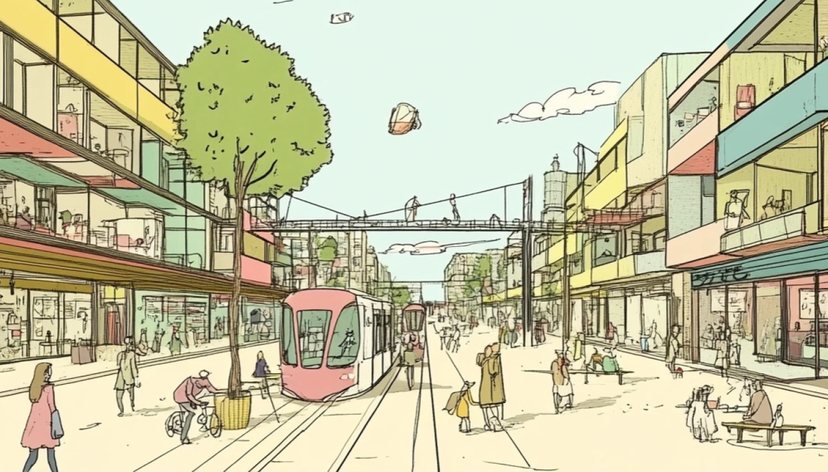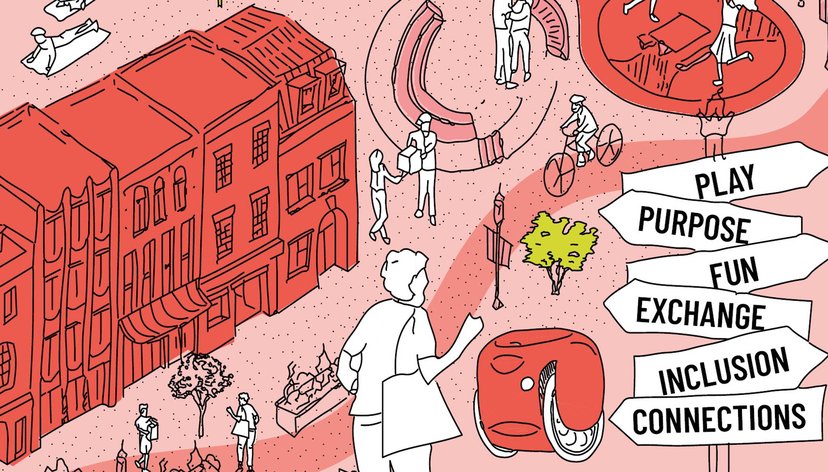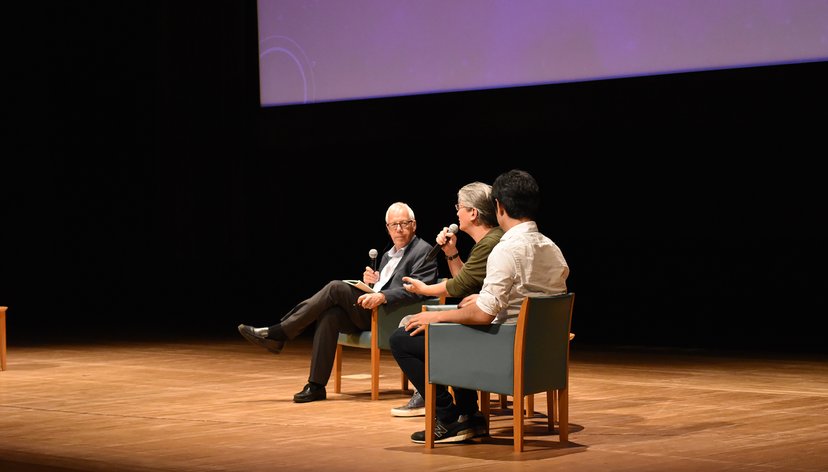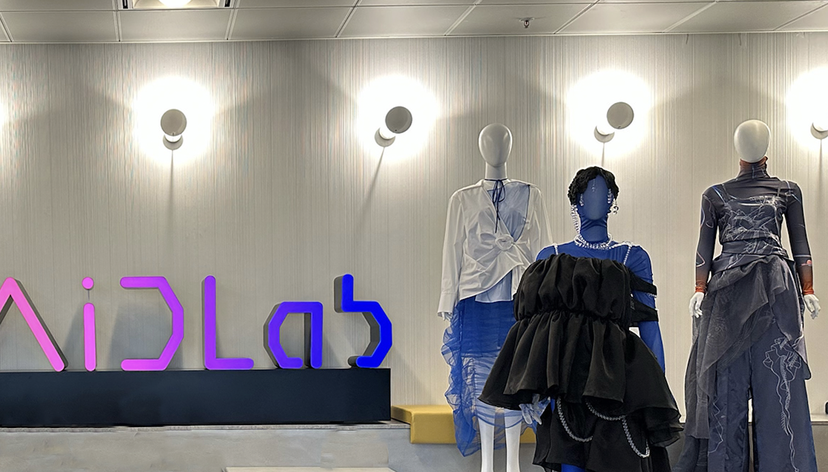
Streets play an important role in all our lives, however there is very little knowledge of neurodivergent peoples’ experiences of them. This project, a collaboration between the RCA’s Helen Hamlyn Centre for Design and the Intelligent Mobility Design Centre that was supported by the Rees Jeffreys Road Fund, aimed to bridge that gap in research and hypothesise that our current streets and public realm may exclude by design some of us that are neurodivergent.
At a glance
- The project invited neurodivergent citizens and transport experts to participate in a range of co-design activities. These included ‘walk and talks,’ which allowed participants to travel around urban areas and share their reflections on their experiences in real-time. The ‘walk and talks’ were supplemented by online surveys, interviews, and a co-creation workshop, which explored the challenges and opportunities in our urban streets.
- Collecting and analysing the street experiences helped identify 14 key insights into how neurodivergent people experience and think of streets. These insights included, for example, the complexity involved with preparing to go out on the street and dealing with unpredictable situations when out, as well as the tools that neurodivergent people have developed to manage the sensory landscape of the street.
- From the insights, the researchers were able to identify 12 design opportunities that could help make our streets more accessible for neurodivergent people.
Key details
Gallery
More information
The challenge
There is very little research into or understanding of how neurodivergent people experience streets. To help us understand these experiences, we carried out a short qualitative scoping study. We used participatory design approaches to explore how neurodivergent people experience streets.
What we did
The project involved 50 neurodivergent citizens and professionals who took part in a range of activities: walk and talks, online surveys, interviews and a creative workshop which together explored the challenges and opportunities found on our urban streets.
During the walk and talks, the participants explained the elements of their journey that found stressful or overstimulating and those that were pleasant or helpful. We were then able to distill a list of some of the aspects of the streets that can be particularly difficult for neurodivergent people to cope with. From there, we were able to define 12 design opportunities that could contribute to making our streets more accessible and inclusive.
Outputs
Report
The research methods used in the project generated a rich and nuanced collection of insights about how neurodivergent people experience streets, which is organised into 14 key insights. These insights then informed the development of 12 design opportunities considered important when designing or adapting a street with neurodivergent people in mind.
The methods, insights and design opportunities were compiled into a report.
Read the Summary Report (PDF, 10MB)
Animation
An animation was created to bring to life some of the stressful situations neurodivergent participants experience on the street discovered in the research.
Transport Professional Magazine Article
The research team developed a magazine article that discusses the outputs of the project in partnership with Transport Professional Magazine and Chartered Institution of Highways & Transportation (CIHT).
The partners
Rees Jeffreys Road Fund
This project is funded by Rees Jeffreys Road Fund. William Rees Jeffreys was a visionary whose life work was creating better, more attractive, safer and more accessible roads and streets, he established the Road Fund in 1950, which is to encourage and promote better and safer roads, through design, engineering and aesthetics, leading to enhanced experience for everyone.
Advisory board
Andy Cope, Director of Evidence and Insight, Sustrans
Dr Chris McGinley, Senior Research Fellow, The Helen Hamlyn Centre for Design
Dan Campsall, Chairman, Agilysis
Jean Hewitt, Senior Inclusive Design Consultant, Buro Happold
Jon Adams, Artist, researcher and founder, Flow Observatorium
Kate Allen, Chief Executive, Ategi Limited
Liz Pellicano, Professor of Autism Research, University College London
Orla Fahey, PhD candidate, Royal College of Art
Roger Mackett, Emeritus Professor of Transport Studies, University College London
Ross Atkin, Director, Ross Atkin Associates
Sarah Simpson, Director Mobility & Infrastructure, Royal HaskoningDHV
Suzy Charman, Executive Director, Road Safety Foundation
Tim Chapman, Adur & Worthing Councils
Webinar
During Neurodiversity Celebration Week, Dr Katie Gaudion and Dan Phillips shared insights from the project in a live webinar. They were joined in conversation by Dr Suzy Charman of the Road Safety Foundation and Dr Emily Öhlund, a participant in the project, whose PhD explored neurodiversity and higher education environments.
The full conversation is available to listen to below.
